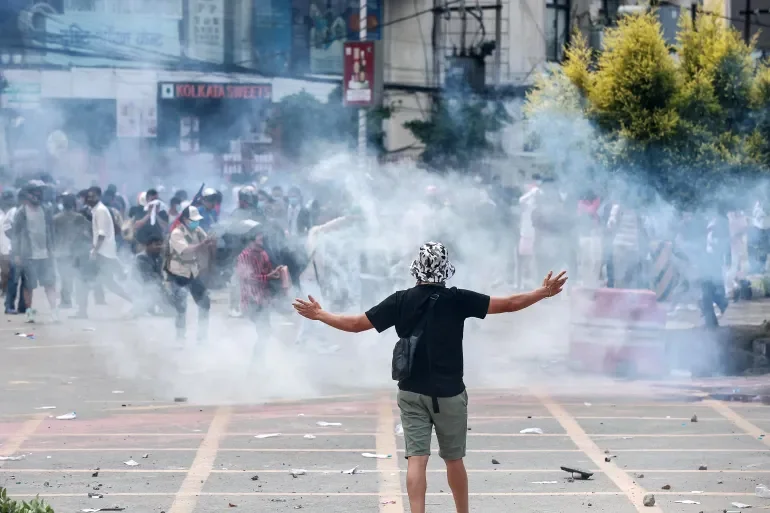they don’t pull triggers.
They sign papers.
Corruption kills - slowly, quietly, every day.
Every time a corrupt official steals public funds, someone dies who didn’t have to.
Corruption as
Structural Violence
“Structural violence” is a term coined by sociologist Johan Galtung to describe harm caused not by direct force, but by the way systems are organized — where people die or suffer because of inequality, neglect, or deprivation.
When corrupt politicians steal public funds meant for hospitals, clean water, roads, or emergency relief, the result can be very real deaths - just slower, more dispersed, and less visible than a war.
It’s not “bad governance.”
It’s mass murder by neglect.
The Scale of Harm
In some countries, corruption is estimated to cost thousands of lives each year.
For example:
Bribes and theft in healthcare systems mean fewer medicines, outdated equipment, and understaffed hospitals.
Infrastructure corruption leads to deadly building collapses, unsafe roads, or failed flood defences.
Misused education funds trap generations in poverty, creating long-term suffering.
That’s why some human rights scholars describe corruption as “a slow, bureaucratic genocide.”
Intent vs. Responsibility
Legally, corruption isn’t treated as murder because the intent is personal gain, not to kill.
But ethically, if someone knowingly diverts life-saving resources - for example, embezzling money meant for a vaccine rollout or disaster response - they’re still responsible for the foreseeable consequences: disease, starvation, and preventable deaths.
The world loses $1 trillion every year to corruption.
That’s enough to end world hunger - twice.
The Ethical Framing
If you measure moral weight by preventable suffering and death, then yes - many corrupt leaders could ethically be viewed as mass murderers.
They may wear suits instead of uniforms, but the result is the same: thousands of lives lost because resources were hoarded, misused, or stolen.

